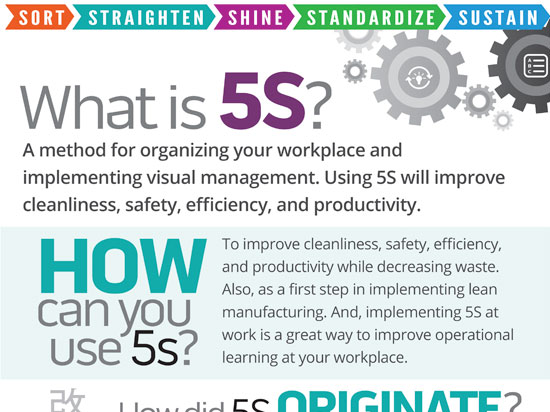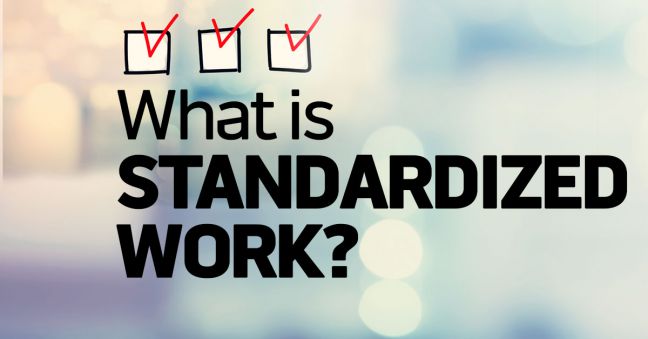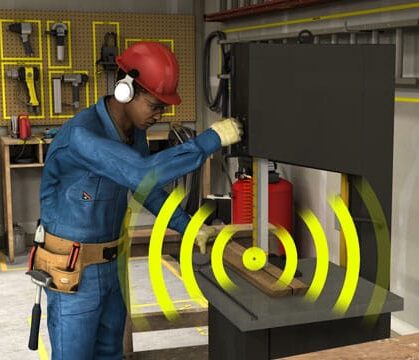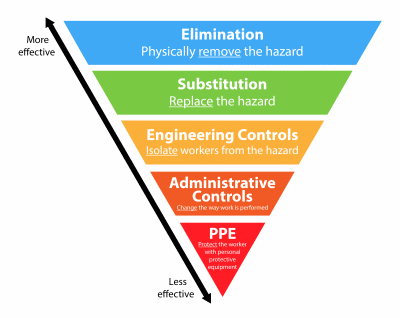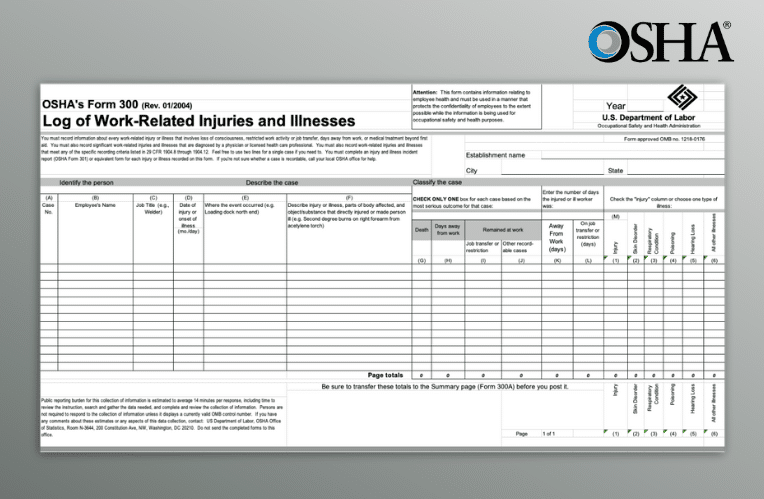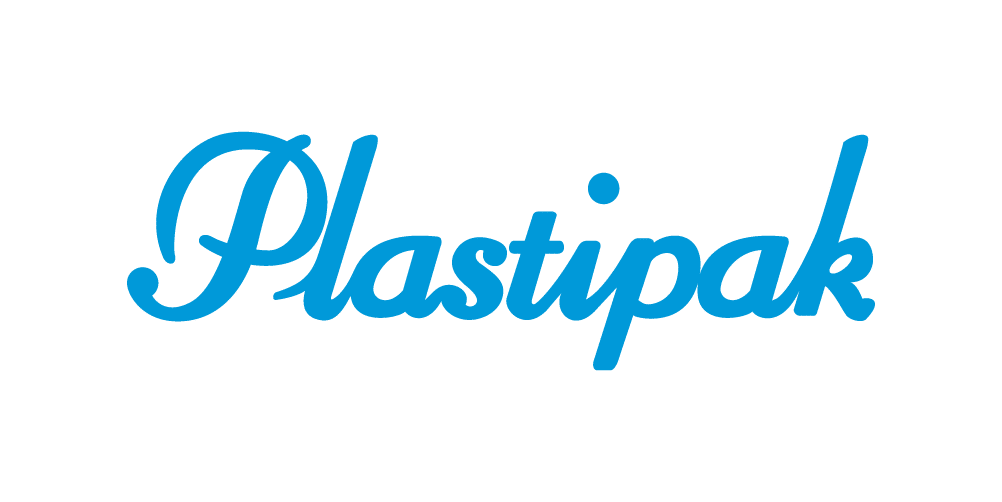August 22, 2019 3 min read
What Is Standardized Work in Lean Manufacturing?
Industry:
Solution:
Standardized work is an essential element of lean manufacturing.
It’s also got a non-intuitive name, because although standardized work sounds static, it’s actually a dynamic process (due to its lean manufacturing buddy, kaizen).
In this article, we’ll explain what standardized work is and explain its relation to kaizen within the lean manufacturing methodology, and we’ll give you some tips for getting started with standardized work now.
Before you begin reading about lean manufacturing and standardized work, know that we’ve included a free Five Principles of Lean Manufacturing infographic you can download at the bottom of this article, too!
Plus, free free to check out our online lean manufacturing training options.

Vector EHS Management Software empowers organizations – from global leaders to local businesses – to improve workplace safety and comply with environmental, health, and safety regulations.
Learn more about how our software can save you valuable time and effort in recording, tracking, and analyzing your EHS activities.
Learn more about how we can help:
- Incident Management Software →
- EHS Inspection Software →
- Key Safety Metrics Dashboard →
- Learning Management System (LMS) and Online Training Courses →
- Mobile Risk Communication Platform
Download our EHS Management Software Buyer’s Guide.
Standardized Work, a Key Element of Lean Manufacturing
Standardized work is the name given in lean manufacturing for documenting the steps of a job task and the sequence in which those should be performed. You can think of standardized work as defining who does the task, when they do it, and how they do it.
The documentation of standardized work should be done in a collaborative process with people who actually do the job task as part of their job as well as others–including perhaps engineers and supervisors.
Once the standard process of completing a task has been documented as standardized work, the standard process should be taught to employees (including new employees) and the process should be followed on the job.
Three Elements of Standardized Work
Standardized work includes a consideration of these three elements:
- Takt time
- Work sequence
- In-process inventory
Each are explained below.
Takt Time
Takt time is the rate at which you have to complete products to meet customer demand. To determine takt time, simply take your available production time and divide that by the number of units your customers demand. In creating and documenting standardize work, you’ll want to balance takt time with cycle time.
Work Sequence
Document the steps of the job task. This is often done using something called a standard work chart.
In-Process Inventory
Document expectations for your work-in-progress inventory. Remember that in lean, the goal is to reduce your inventory, as inventory is considered a form of waste (download our free 7 Wastes of Lean infographic for more on lean and waste).
Standardized Work, Kaizen, and Continuous Improvement
Now here’s what I like most about standardized work: it’s not static but is instead dynamic, constantly changing in an effort for continuous improvement.
So although a standard work process for a job task is documented, workers are still free to implement kaizen to make and/or suggest changes in a continual effort for improvement. Once the idea for the improvement is accepted, the standard work document is updated and the change is communicated to people who need to know.
Then the process continues time after time.
Evaluating the Results of Kaizen Improvements to Standardized Work with PDCA Cycle
It’s a good idea to evaluate those changes to standard work that come up as a result of kaizen suggestions instead of merely assuming they’re better.
A classic way to do this is to use the PDCA cycle (plan-do-check-act). In this context, the idea for the improvement to standardized work generated through kaizen is the plan; to do it, you might roll out a limited beta test; you’d then collect data to check; and if the data is positive, you’d act by rolling out the change through a larger implementation.
